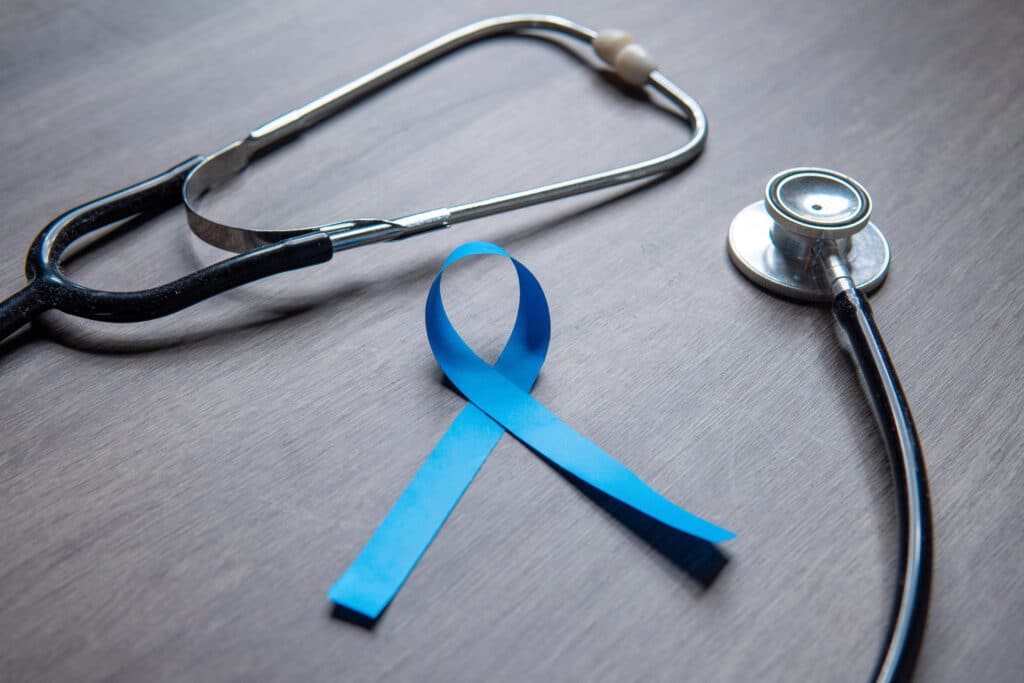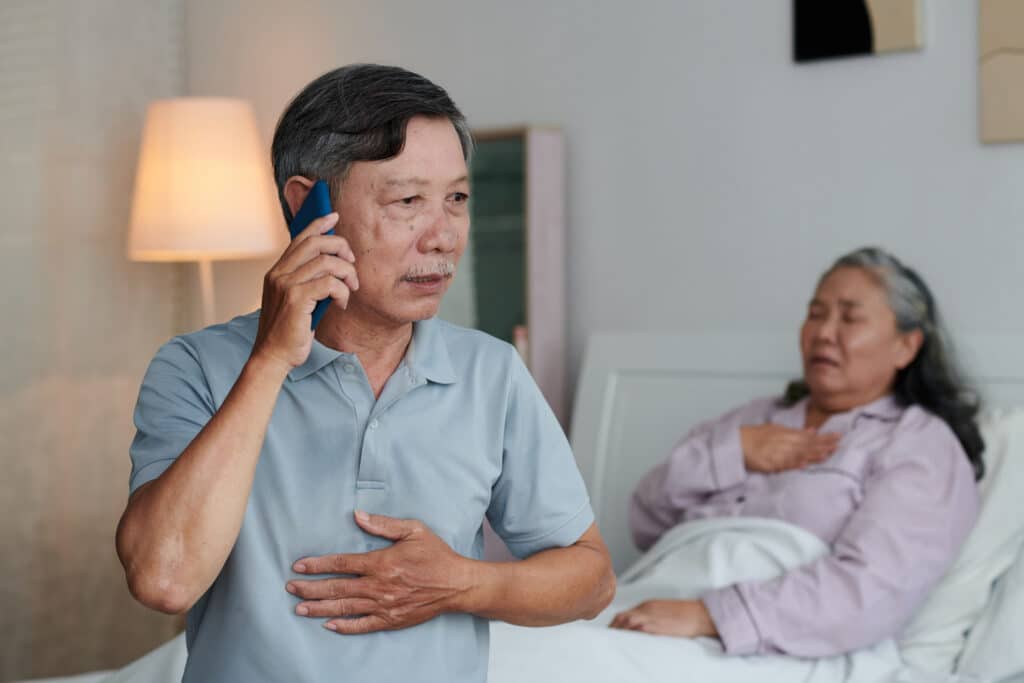
Overcoming Interoperability Challenges in Healthcare With Triage Software and EHR Integration
When hospitals and doctor offices think about improving continuity of care, they often run into a major hurdle with limitations on data-sharing. Interoperability challenges in healthcare abound, and these gaps in communication between systems, staff, and software make it difficult to ensure consistent, accurate, and timely information. For call center managers, this becomes especially frustrating when triage nurses take patient calls and document symptoms, but are unable to transfer that information directly to a patient’s electronic health record (EHR). That’s where nurse triage software like

What to Remind Your Patients About UV Awareness This Summer
July is UV Awareness Month: an appropriate time to emphasize the risks of ultraviolet (UV) radiation, as well as how we can better protect each other from sun-related health concerns. While most people associate UV exposure with sunburns, your patients may not be fully aware of the risks beyond these temporary bouts of discomfort — namely, skin cancer, eye damage, premature aging, and other long-term effects. Here are some key facts and myths about UV awareness that you can share with them to prevent overexposure.

Best Practices for Managing High Call Volumes in Triage
If you’re a hospital administrator or a doctor’s office manager, you already know how chaotic high call volumes can get — especially for your nurse triage team. Patients are looking for guidance on their symptoms, your staff feels overwhelmed, and the risk of errors increases when things get too busy. That’s why we’ve compiled the best practices for managing high call volumes in triage that we think will benefit your team the most. Here’s how to reduce bottlenecks and make sure that your patients get

How Secure Messaging Enhances Medical Answering Services
Healthcare is still one of the top industries to suffer from data breaches, and hospitals need better ways to protect patient health information. While this includes data that is shared in messages between clinicians and patients, it’s also important to focus on intake — specifically, patient requests that are often handled by nonclinical operators. Let’s explore how secure messaging enhances medical answering services by streamlining patient-provider communication, improving message accuracy, and reducing delays in care — and how solutions like TriageLogic’s MedMessage Automate can ensure

How AI Could Enhance Remote Patient Monitoring
Remote patient monitoring (RPM) has become a critical tool for managing chronic care, reducing hospital readmissions, and improving overall patient wellness. Plus, due to the substantial amount of vitals that it can record, many healthcare organizations are keen to learn how that data can be further refined using artificial intelligence. Understanding how AI could enhance remote patient monitoring can allow your practice to prepare for scaling a program more effectively and improving patient care. https://youtu.be/k1pobD7AwFk 1. Predictive Analytics for Early Intervention AI algorithms could evaluate

Why Every Medical Practice Needs Triage Software
Regardless of who answers the phones when your patients call, it matters how well those interactions are documented — not just for getting patients to the right care, but also for protecting your practice against potential liability. This is why nurse triage software is essential, especially if it can meet HIPAA compliance and integrate directly with your existing software. Let’s explore how nurse triage benefits patient safety, practice liability, and call center operations. https://youtu.be/kH4onAyHprA The Role of Nurse Triage in Patient Safety Nurse triage typically

Men’s Health Awareness Month: Key Issues, and How Nurse Triage Can Help
June is Men’s Health Awareness Month, and an excellent time to encourage men to take charge of their own physical and mental well-being. Despite numerous public health campaigns, men are less likely than women to seek medical attention, which can delay diagnoses and lead to worse health outcomes. Providers and healthcare call centers play an important role in closing this care gap by helping them understand the severity of their symptoms, especially when doctors’ offices are closed. Telephone nurse triage is one solution that can

Why Nurse Triage Is Essential for Patient Safety
Patient safety is a top concern for providers, but they aren’t always available when patients need them. How often do you find that patients experience after-hours health concerns or urgent needs that your practice’s call center simply can’t address? Even daytime hours can become overwhelming if you don’t have enough staff to handle call volume. Nurse triage fills this gap, offering registered nurses who can evaluate patient symptoms over the phone and get them to the care that they need. https://youtu.be/WgFtyWqHT9o The Role of Nurse

Maximize Practice ROI With MedMessage Automate
One area where you can maximize practice ROI is the same as where patient symptoms often go unreported — during medical message intake. Here’s why: while nonclinical operators are invaluable for their ability to greet and address the needs of your patients, the reality is that they aren’t trained on how to identify symptoms that could indicate larger health concerns. If you want to save money and help patients, you need to address this gap. That’s why we developed MedMessage Automate, an intuitive platform that

Does Telehealth Reduce Healthcare Costs? Exploring the Debate
Telehealth has transformed how many patients now access care, offering convenience and flexibility that traditional appointments may lack. But there’s one question that tends to come up often during policy and financial debates: does telehealth reduce healthcare costs — or is it ultimately more expensive to maintain? Critics of telehealth argue that easier access leads to higher utilization and expenses, while advocates believe virtual care is a long-term solution to rising medical needs — especially when it comes to preventive services and chronic disease management.

Celebrating National Nurses Week 2025: Honoring Nurses and TriageLogic’s Commitment to Support
National Nurses Week is almost here! Held annually from May 6 to 12, this period recognizes the invaluable contributions of these caregivers. It also concludes on the birthday of Florence Nightingale, who is widely considered the founder of modern nursing. This year, the American Organization for Nursing Leadership (AONL) has chosen the theme “Care, Lead, Inspire — Repeat,” highlighting the continuous cycle of compassion, leadership, and inspiration that these clinicians provide on a daily basis. https://youtu.be/-VLuYgNHdhY A Brief History of National Nurses Week The origin

Better Patient Outcomes: How a Turnkey RPM Service Benefits Doctors
How many of your patients don’t follow their treatment plans? If it’s reflective of the industry, it could be as high as 40-50%, including those suffering from chronic disease. Nonadherence is estimated to cause “at least 100,000 preventable deaths and $100 billion in preventable medical costs per year.” That’s why, when we talk about remote patient monitoring, we highlight how important a program can be for encouraging patients to engage with their health. Let’s explore this matter in more detail, as well as highlight key

